History of Panama Canal
The French were the first to begin to build a water route through Panama linking the Atlantic and Pacific oceans in 1881. However the effort ran into financial trouble and workers were blighted with tropical diseases. The project was taken over by the United States in 1904 and the first transit of a ship, from the Atlantic to the Pacific, occurred on August 15 1914.
In 1963 the Panama Canal started operating 24 hours a day. In 2007 construction to expand the Canal began, which was inaugurated in 2016. The one-millionth vessel passed through in 2010.
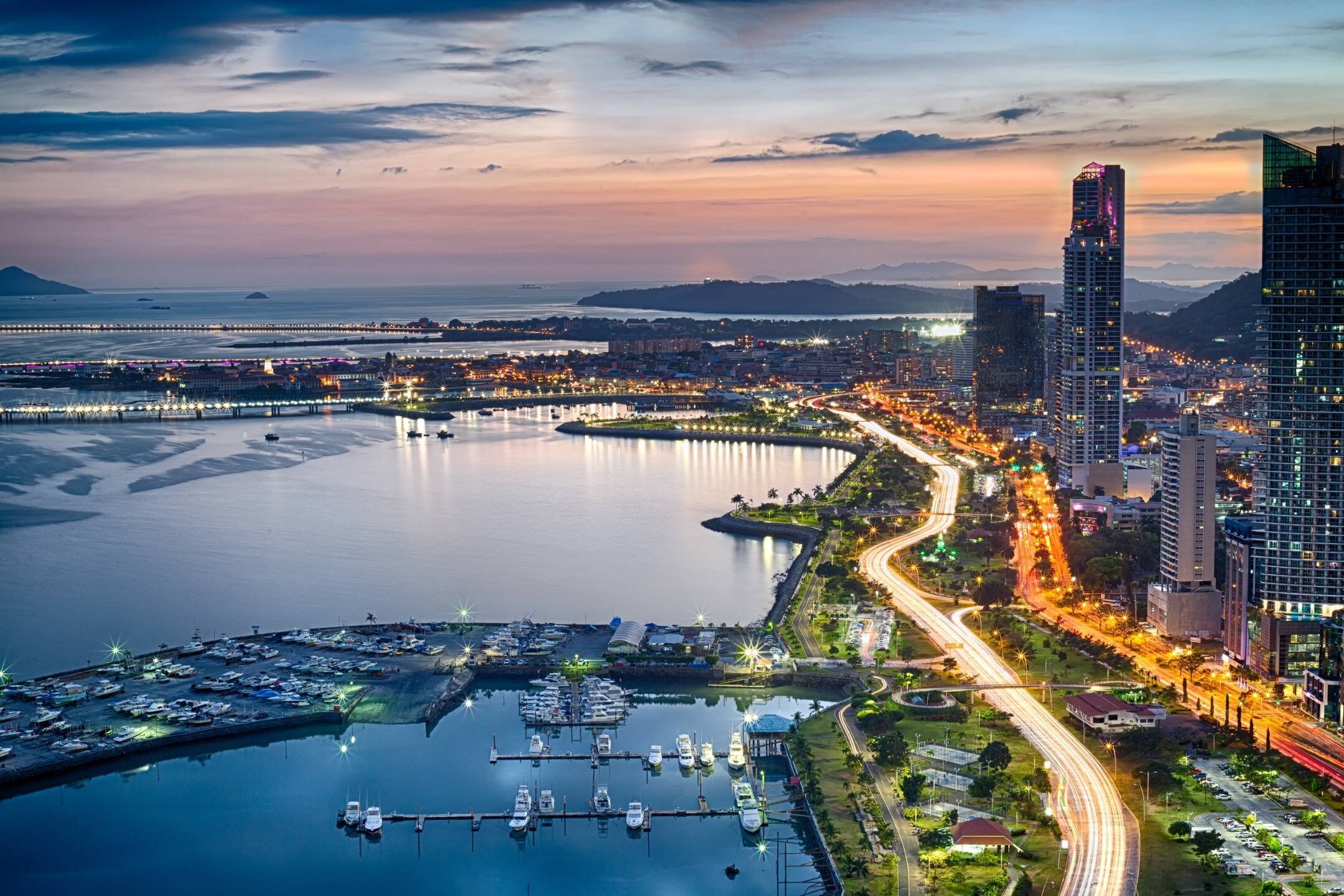
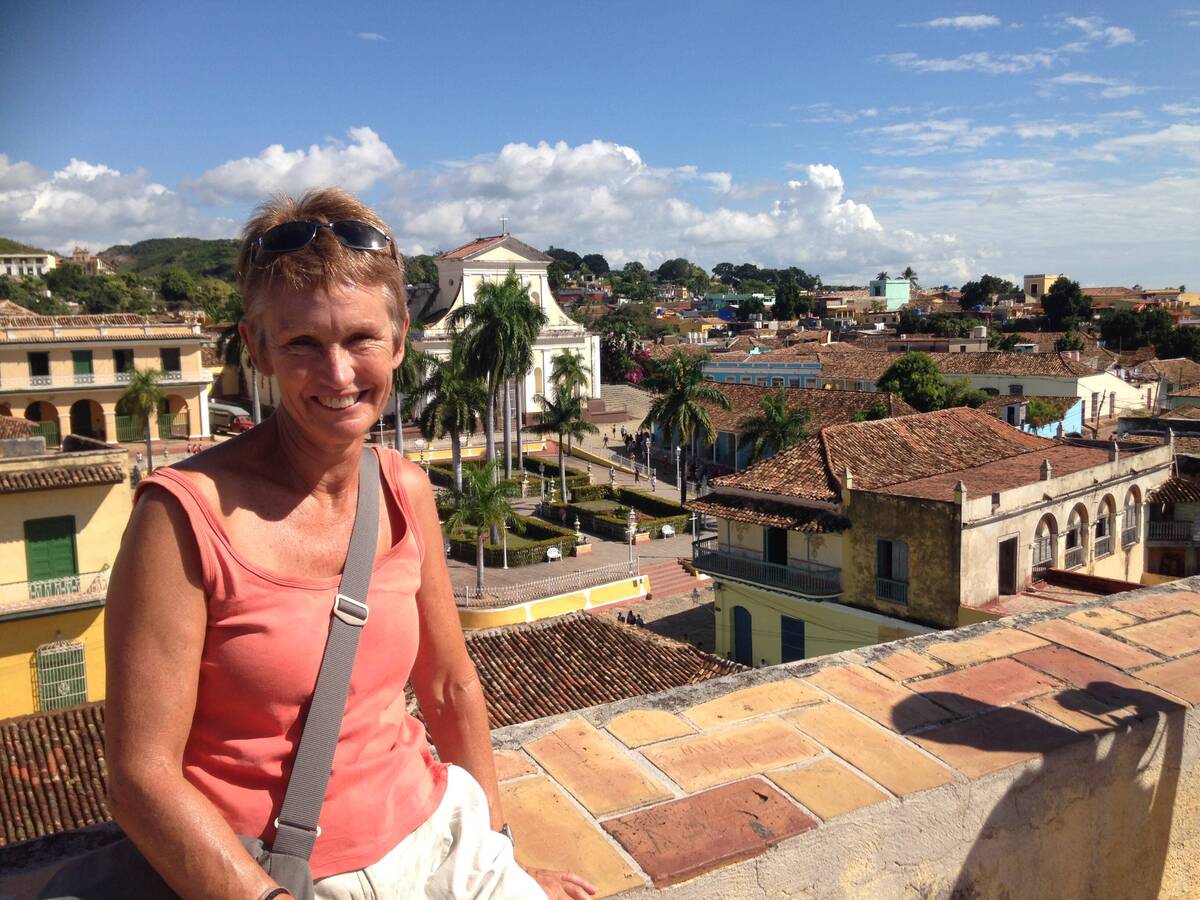
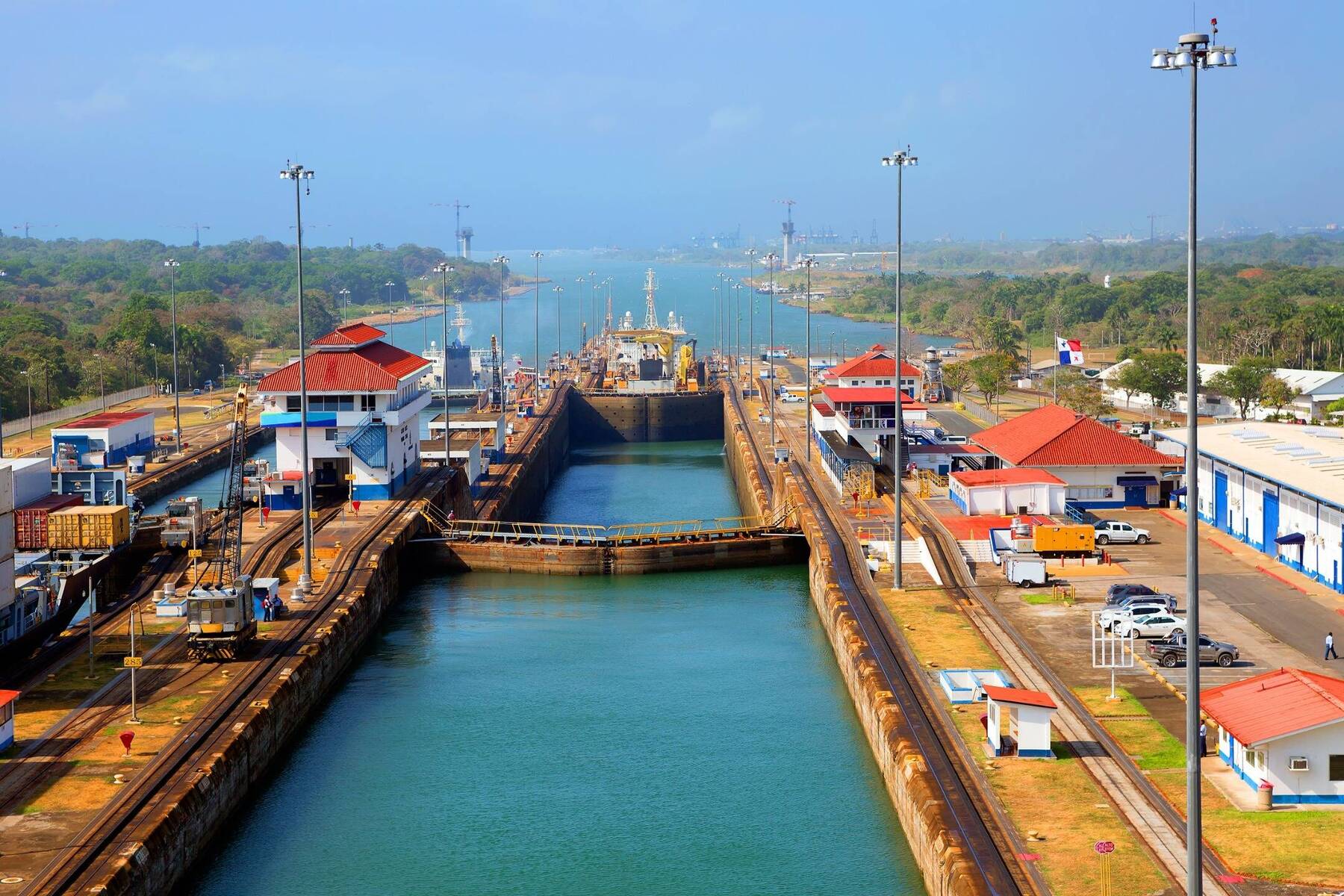
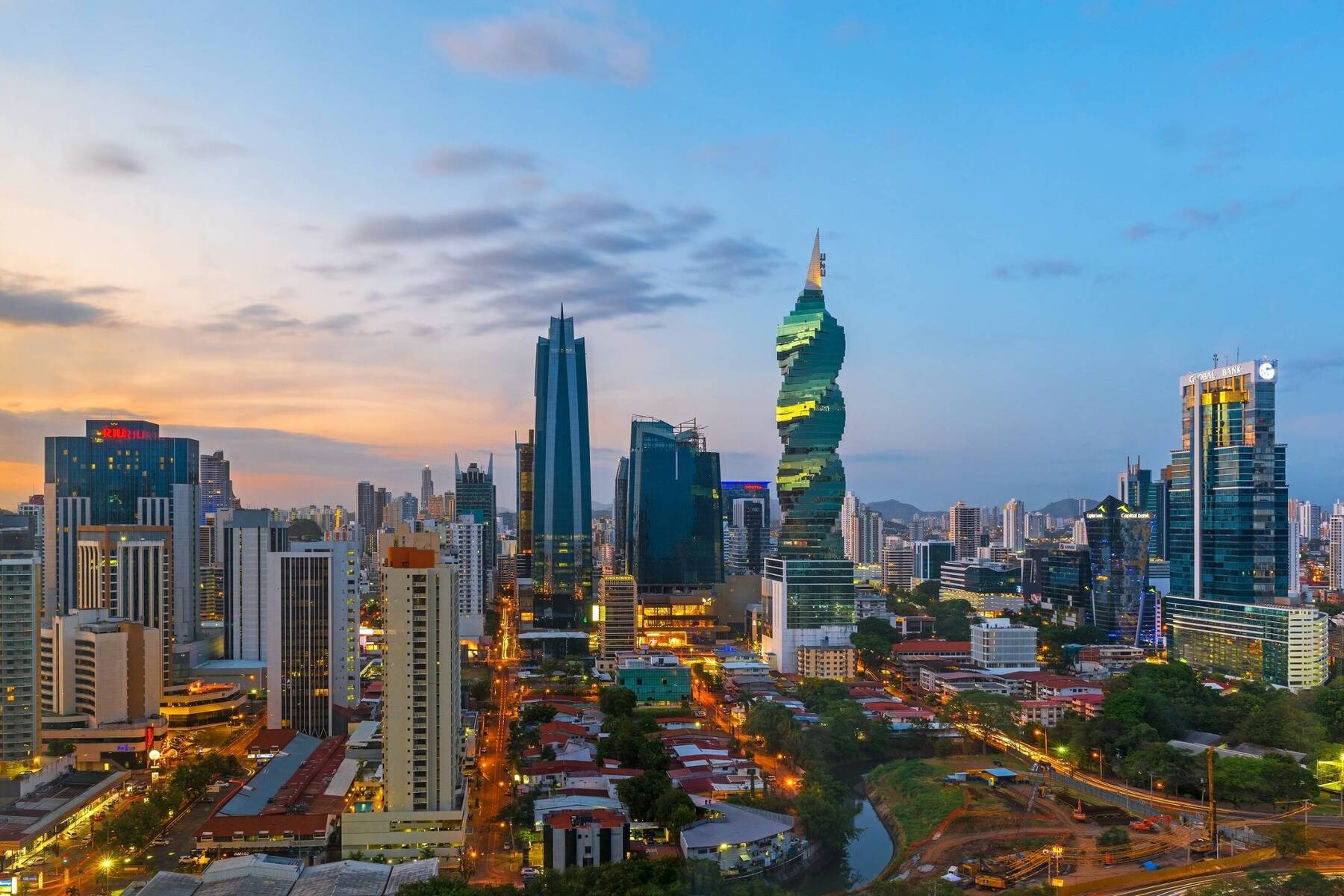
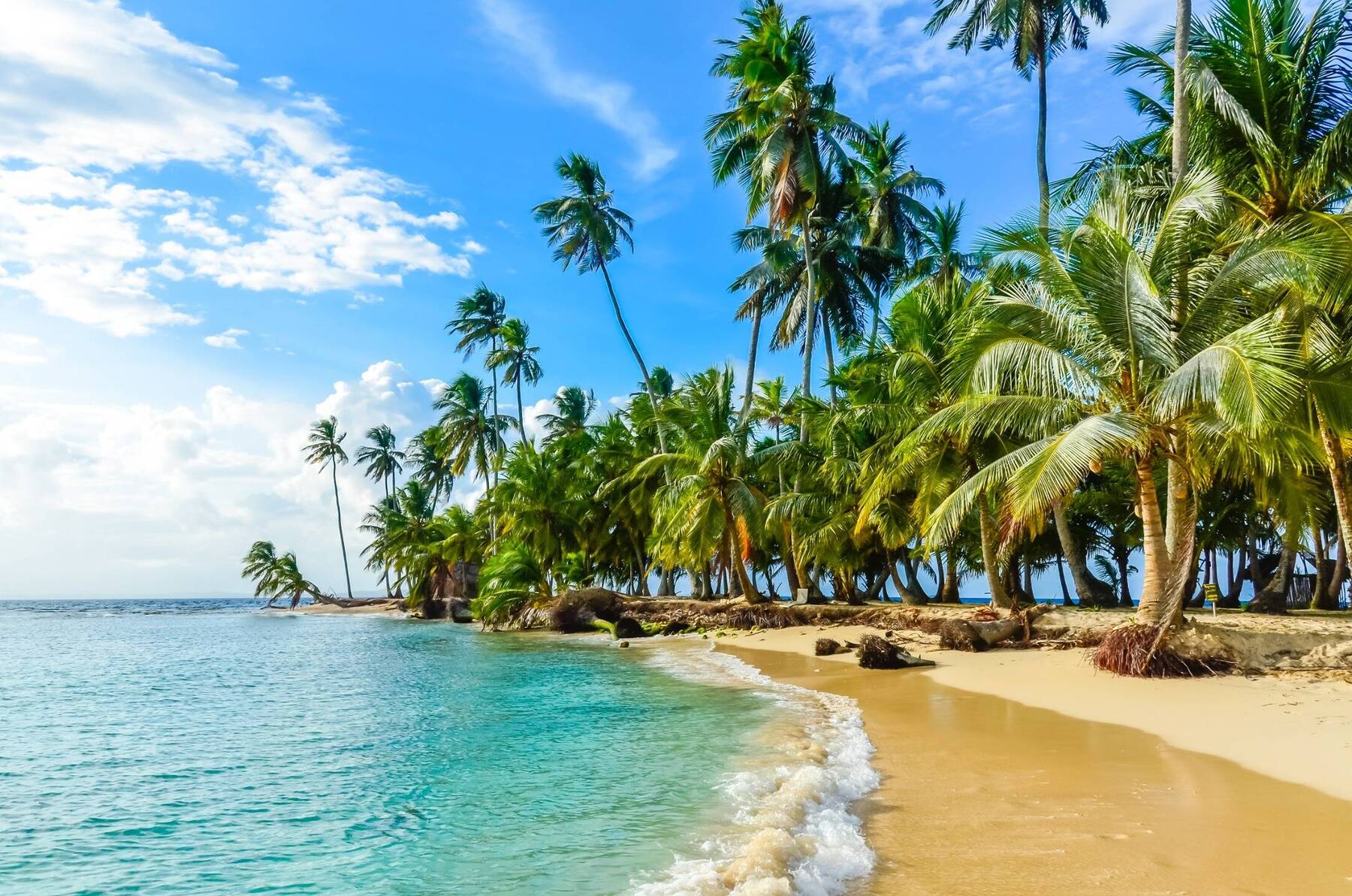
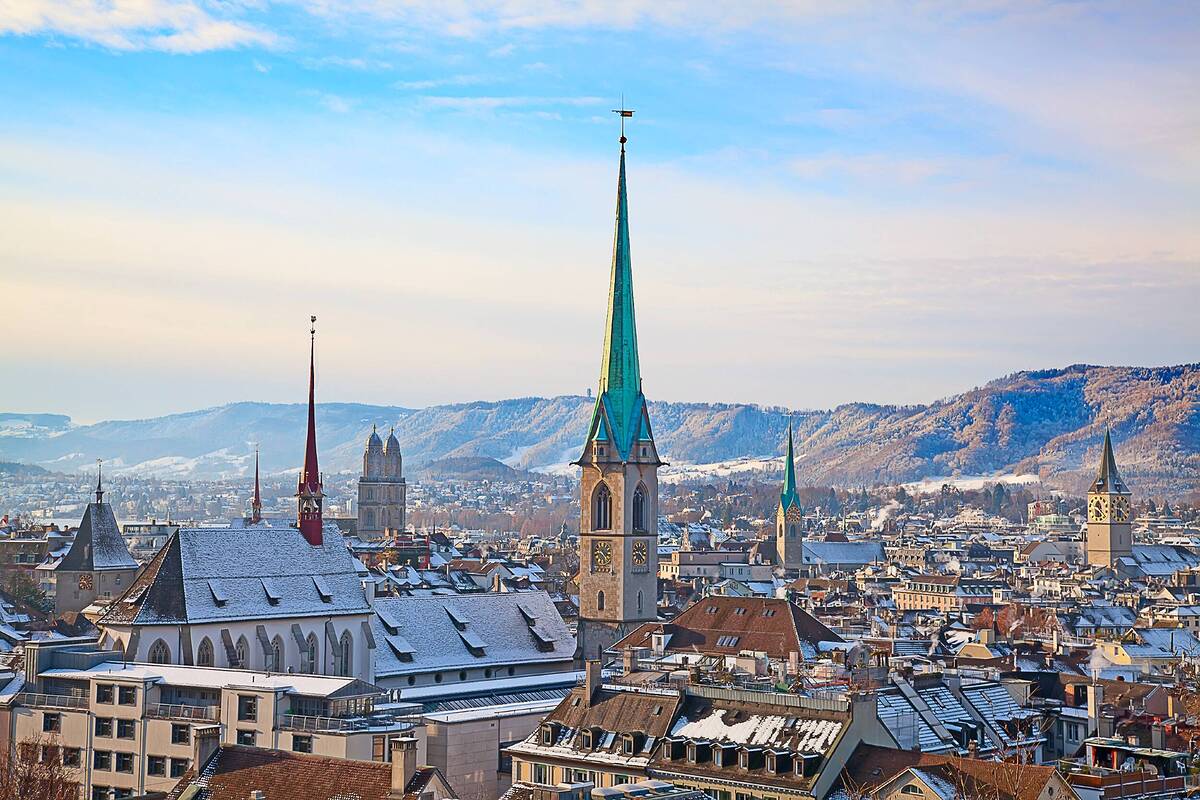















Comments